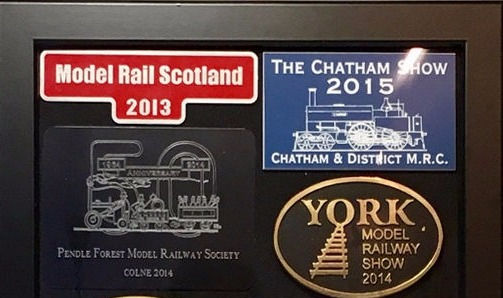top of page

OOLS Club News
OO Live Steam Club
Supporting OO Live Steam and its Community
The Engine Shed
Groups Overview
View groups and posts below.
- Public·4 members
- Public·5 members
- Public·7 members
- Public·7 members
- Public·4 members
- Public·4 members
Enter one 'keyword' to search for a Group
bottom of page








